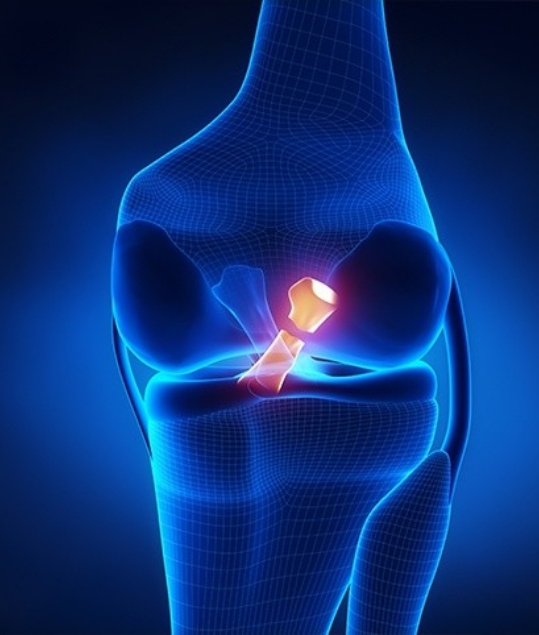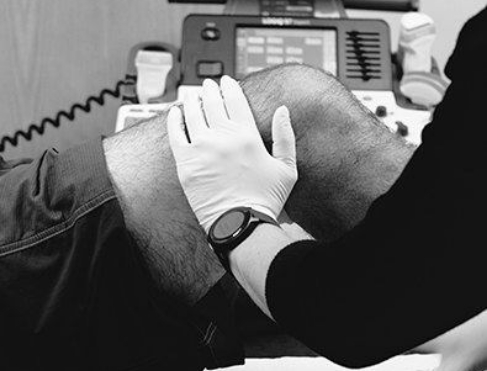Treating ACL & PCL Tears Glastonbury
Repairing Ligament Damage in a Minimally-Invasive Manner

The ACL (anterior cruciate ligament) is a key structural ligament inside the knee joint that provides stability, particularly when the knee is rotating or pivoting. It’s most commonly injured during sports or strenuous physical activity. The PCL (posterior cruciate ligament) is another important stabilizing ligament inside the knee that is much less commonly injured than the ACL. That said, an injury to either of these ligaments can be quite debilitating. We offer minimally invasive solutions for treating ACL & PCL tears here in our Glastonbury office.
What are the Symptoms of ACL & PCL Tears?

Symptoms of an ACL or PCL injury typically include a sense of knee instability, particularly during rotating or pivoting movements. Activities such as basketball, tennis, racquetball, football, soccer, gymnastics, etc., that involve a lot of high-force, stop-start movements become challenging, if not impossible, with a ligament tear. However, some tears cause no symptoms at all, and certain patients can function quite well without ever having their ACL or PCL treated.
How to Treat ACL & PCL Tears

The proper treatment of these types of tears depends on their nature. Both the ACL and PCL can tear completely or partially. Complete ACL tears that cause severe symptoms usually need surgical reconstruction. However, partial ACL and PCL tears most often can be treated non-surgically with regenerative medicine such as PRP and stem cells.
At the New England Stem Cell Institute, we can inject the ACL/PCL using fluoroscopic (X-ray) guidance to ensure accuracy, something the vast majority of practices don’t do. We inject a very small amount of dye into the damaged ligament to make sure that the needle is properly inserted, and then we perform the actual PRP or stem cell injection. This is the only way to confirm proper needle placement and ensure the treatment goes exactly where it’s needed.
